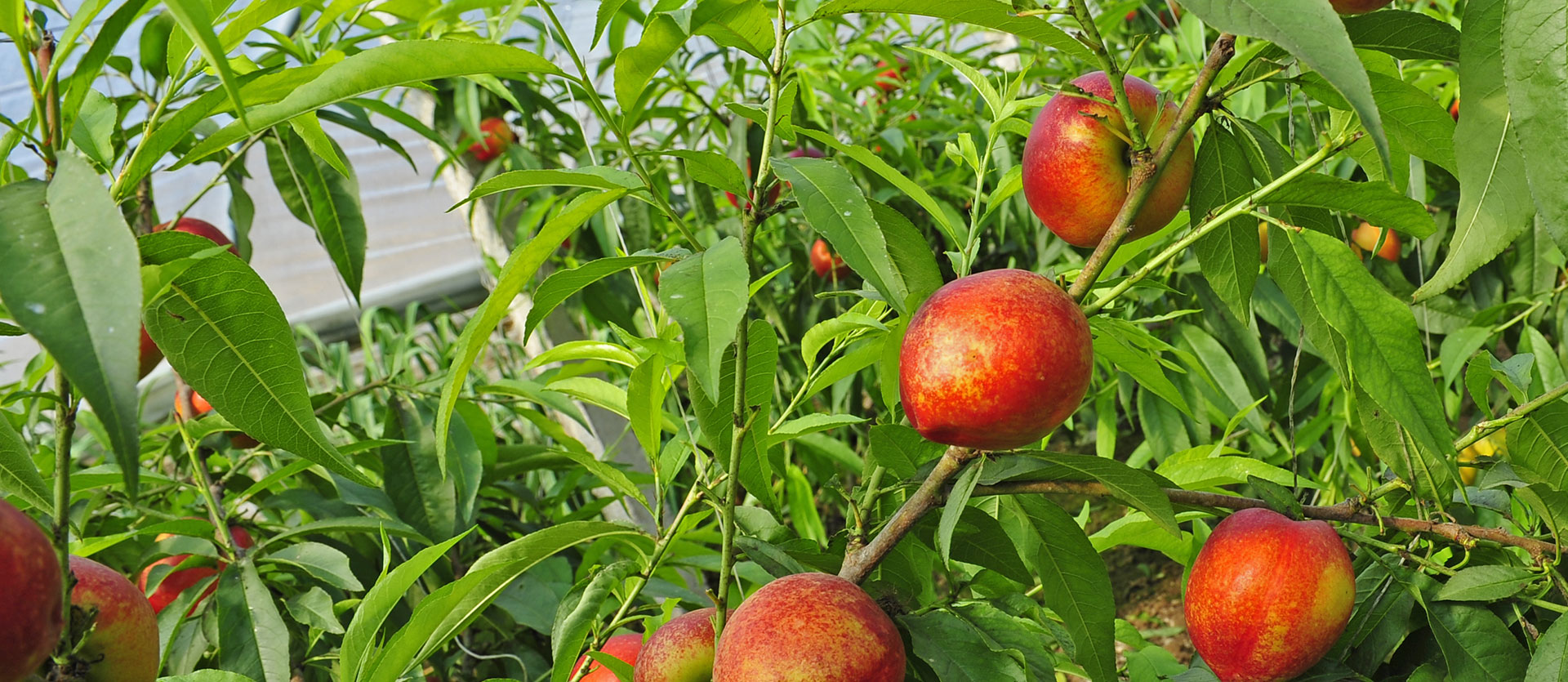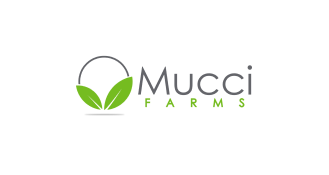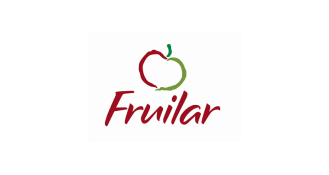
Nectarines
The Importance of Fruit Quality Control for Nectarines
Optimizing nectarine quality control is essential for all stakeholders in the fresh produce value chain – from growers and marketing companies, to warehouses, and retailers. By creating a consistent process for nectarine testing and quality control, organizations can optimize profits, avoid price renegotiations, and take the subjectivity out of quality control decisions.
Common Nectarine Defects
-
Pedicel Tear
The pedicel is the stalk that holds the flower in place on an inflorescence. Lesions often begin at the pedicel end when the harvested fruit has been infected. -
Cracked Stone
Irregular periods of rain and drought may result in nectarine split pits or cracked stones. This can attract mold and even constitute a health hazard for the end consumer. -
Deformations
A dip in nectarine quality can be caused by a number of things. If your fruit is a strange shape, this could be the result of insects, mold, or disease. -
Soft Shoulder
Often, the first place to ripen in nectarines is the shoulder of the fruit. This may cause it to get unpleasantly soft or mushy as the rest of the fruit ripens, especially due to falls and pressure. This may be prevented through the design of special handling equipment and operation guidelines that prevent impact bruises on nectarines. -
Low Color
Low color in nectarines can be related to their pH levels or to factors such as weather, irrigation, or shade. External brown and black spots or stripes are usually related to heavy metals, while internal browning can be due to chilling damage. -
Healed Wounds
Any kind of wound on a nectarine is a perfect way for Infectious microorganisms to make an entrance. After these wounds heal, the infection often remains. -
Stains
Black, blue, brown, or purple spots on nectarines can be the result of contamination, and they are usually only noticed after transit and storage. -
Russet
Insect damage and mechanical rubbing are the most common causes of russeting on nectarines, causing an unsightly scarred area. -
Sunburn
With the naked eye, it’s hard to tell much about nectarine quality from sunburn alone. It could be simply where the sun hit the fruit or it could be a sign of defoliation or bacteria. -
Cracks
Cracks in soft fruit like nectarines usually mean there has been inconsistency in the irrigation. They could also be the result of unseasonal dry weather followed by a lot of rain. While you may not be able to control the weather, you could find ways to minimize the effects of extreme weather changes. -
Oidium (Fungus)
Fungi such as powdery mildew, peach leaf curl, and oidium can attack the flowers, leaves and fruit of any crop, quickly destroying a harvest. -
Insect Damage
There are dozens of insects that can cause nectarine defects. Think stink bugs, thrips nymphs, and even earwigs, which are commonly associated with nectarine scarring. -
Moths
Fruit moths love nectarines! If infested, the fruit will have brown tunnels through them where the insects have bored holes. -
Dehydration
When a nectarine plant is either under- or over-watered, it can strongly impact its ability to grow and flourish, and change the way the fruit looks when ripe. -
Immature/Over-mature
You can’t always tell when a nectarine is ripe. Sometimes, immaturity or over-maturity can cause the fruit to fall from the tree or damage its appearance. -
Bruising
While most customers want a ripe yield, there is more potential for bruising when handling ripe fruit. This can have a direct impact on nectarine quality. -
Open Wounds
Open wounds are an open invitation for fungi, insects, and weather damage. Rhizopus fungi, for example, need a wounded fruit to start an infection. Afterwards, it will go on infecting the adjacent fruit (even if they are intact) very easily. -
Decay
Leaf curl is a common defect that growers need to look out for. If left ignored, it can even bring down the whole tree. Failure to take hygiene measurements at pre-harvest can lead infectious microorganisms like fungi to prosper and cause decay at post-harvest.
 Interesting Facts about Nectarines
Interesting Facts about Nectarines
Common Nectarine Attributes for Fruit Quality Control
The following internal and external nectarine attributes are commonly used for quality evaluation:
- Color
- Diameter
- Coverage
- Brix
- Firmness
The Clarifresh platform also integrates with 3rd-party technology to evaluate external tomato attributes. Learn more here.

















